Curiosities of Spain, a country known for its vibrant culture, diverse landscapes, and rich history, possesses a multitude of striking curiosities that contribute to its uniqueness. From peculiar traditions to fascinating historical events, Spain has captivated the world with its charm and distinctiveness. In this exploration, we delve into some of the most striking curiosities that make Spain a truly unique and fascinating destination.
Siesta Culture
One of the most famous and unique aspects of Spanish daily life is the siesta—a traditional midday break. Spaniards typically pause their activities in the early afternoon, around 2 p.m. to 5 p.m., to rest and escape the heat, especially during the warmer months. While the modern urban lifestyle has somewhat altered this tradition, the concept of taking a break in the middle of the day remains deeply ingrained in Spanish culture.
Tapas Tradition
Spain is renowned for its culinary delights, and the tradition of tapas stands out as a unique and social dining experience. Instead of ordering a single dish, tapas involve sharing a variety of small plates with friends. This allows diners to sample a diverse range of flavors and dishes, fostering a communal atmosphere in Spanish bars and restaurants.
La Tomatina Festival
The small town of Buñol hosts one of the world’s most famous food fights, La Tomatina. Every August, participants gather to engage in a massive tomato fight, where overripe tomatoes are hurled at each other in the streets. This unique festival has become a symbol of Spanish exuberance and is a must-see for those seeking unconventional and lively cultural experiences.
Running of the Bulls (San Fermín)
The San Fermín festival, held annually in Pamplona, is globally recognized for the running of the bulls. Participants, known as “mozos,” run alongside bulls through the narrow streets of the city. The event, deeply rooted in Spanish tradition, attracts both thrill-seekers and spectators from around the world.
Flamenco
Flamenco, a passionate and expressive art form, originated in the Andalusian region of Spain. It encompasses singing (cante), dancing (baile), and guitar playing (toque). The emotional intensity and intricate movements of Flamenco make it a captivating and unique cultural experience that reflects the soul of Spanish heritage.
Gaudí’s Architectural Marvels
The architectural wonders of Antoni Gaudí, particularly in Barcelona, contribute to Spain’s uniqueness. The Sagrada Familia, Park Güell, and Casa Batlló are just a few examples of Gaudí’s whimsical and distinctive creations that blend natural forms with unique aesthetics, making them some of the most visited landmarks in Spain.
The Camino de Santiago
The Camino de Santiago, or the Way of St. James, is a network of pilgrimage routes leading to the shrine of the apostle St. James in the Cathedral of Santiago de Compostela. Pilgrims from all over the world walk these paths, fostering a sense of community and spiritual connection. The Camino is not only a physical journey but also a cultural and personal one.
La Sagrada Familia’s Unfinished Glory
The Sagrada Familia in Barcelona, although initiated in 1882, remains unfinished. Designed by Gaudí, this basilica has become an iconic symbol of Spain. The ongoing construction, funded by visitor contributions and donations, adds a unique and dynamic aspect to its history.
The Alhambra’s Moorish Splendor
The Alhambra, a stunning palace and fortress complex in Granada, showcases the influence of Moorish architecture in Spain. With its intricate tilework, beautiful gardens, and strategic layout, the Alhambra is a testament to the rich history of the Iberian Peninsula.
The Mystery of the Castells
The tradition of building human towers, known as castells, is a unique and mesmerizing spectacle in Catalonia. Teams compete to construct the tallest and most complex towers, with participants climbing atop each other to form multi-tiered structures. This tradition, recognized as a UNESCO cultural heritage, embodies teamwork, strength, and coordination.
The Prado Museum’s Artistic Treasures
Madrid’s Prado Museum is home to one of the finest collections of European art, featuring works by renowned artists such as Velázquez, Goya, and El Greco. The museum’s vast and diverse collection spans centuries, making it a cultural treasure trove for art enthusiasts.
The Alcazar of Seville’s Royal Wonder
The Alcazar of Seville, a royal palace known for its stunning Mudejar, Gothic, Renaissance, and Baroque architecture, is a UNESCO World Heritage Site. The palace’s intricate details, beautiful gardens, and historical significance make it a must-visit destination.
The Basque Language (Euskara)
Euskara, the Basque language, is a unique and mysterious linguistic outlier in Europe. With no known linguistic relatives, Euskara’s origins and distinctiveness have long fascinated linguists. It reflects the cultural identity of the Basque people and their resilient heritage.
Bullfighting Tradition
While controversial and declining in popularity, bullfighting remains deeply embedded in Spanish culture. The spectacle, known as a corrida, involves a matador facing off against a bull in a carefully choreographed display of skill and bravery. It has historical roots and is seen by some as a cultural tradition, while others view it as a form of animal cruelty.
The Canary Islands’ Otherworldly Landscapes
The Canary Islands, an autonomous community of Spain, boast otherworldly landscapes. From the volcanic terrain of Lanzarote to the lush forests of La Gomera, each island offers a unique environment, making the archipelago a paradise for nature lovers.
The Festival of the Moors and Christians
Celebrated in various regions across Spain, the Festival of the Moors and Christians commemorates the Reconquista, the period when Christians reclaimed the Iberian Peninsula from Muslim rule. The festivities include elaborate parades, costumes, and reenactments, bringing history to life in a colorful and lively manner.
The Spanish Inquisition’s Controversial Legacy
The Spanish Inquisition, established in the late 15th century, aimed to maintain Catholic orthodoxy in Spain. While its methods were often brutal and controversial, the Inquisition’s impact on Spanish society and culture remains a complex aspect of the country’s history.
The National Anthem’s Lack of Lyrics
Spain’s national anthem, known as the “Marcha Real,” is unique in that it is one of the few national anthems in the world without official lyrics. The absence of words allows for an instrumental expression of national pride during official events.
The Caganer Tradition
In Catalonia, the nativity scene often includes a unique figurine known as the caganer, a character depicted squatting and defecating. This quirky tradition is believed to bring fertility, good fortune, and a touch of humor to the Christmas festivities.
The Importance of Festivals (Fiestas)
Spaniards are known for their love of celebrations, and festivals (fiestas) play a central role in Spanish culture. Whether it’s the vibrant Carnival of Santa Cruz de Tenerife, the lively Feria de Abril in Seville, or the colorful Fallas in Valencia, each region has its own unique festivals that highlight local traditions, music, dance, and cuisine.
Conclusion
Spain’s uniqueness lies in its ability to seamlessly blend the old with the new, the traditional with the modern. From cultural celebrations that have stood the test of time to architectural wonders that defy convention, Spain offers a rich tapestry of experiences for those seeking the extraordinary. Its diverse regions, each with its own identity and traditions, contribute to the country’s allure, making it a fascinating destination for travelers and a source of pride for its inhabitants.
While this overview captures some of the most striking curiosities that make Spain exceptional, the country’s dynamic nature ensures that there is always more to discover and experience. Whether indulging in culinary delights, immersing oneself in centuries-old traditions, or marveling at architectural masterpieces, Spain continues to captivate the world with its unique charm and cultural richness.




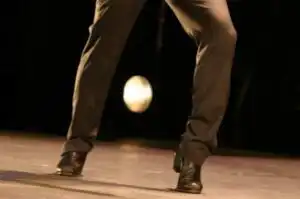




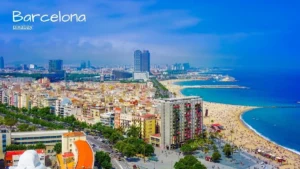
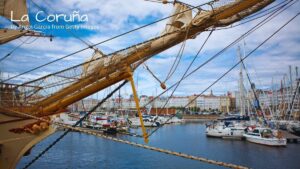

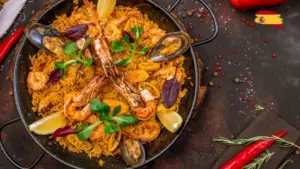
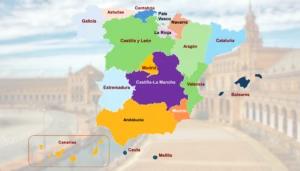

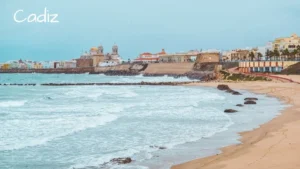

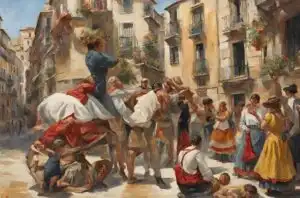

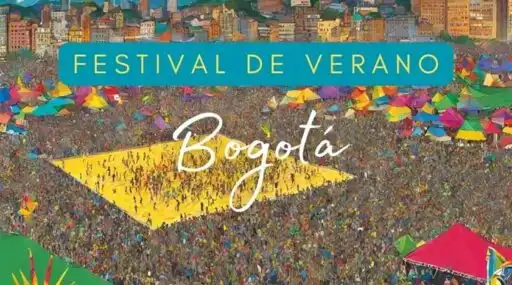




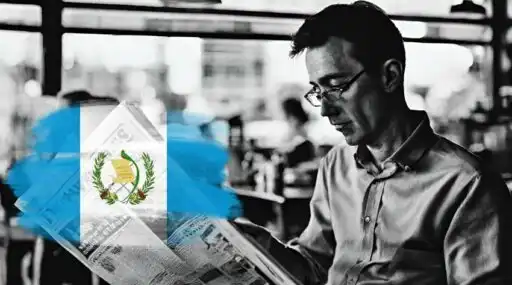


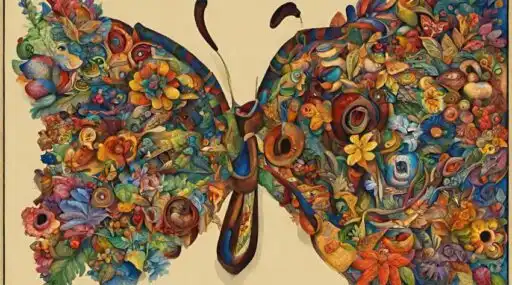
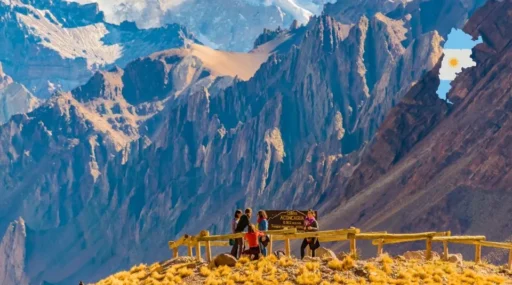



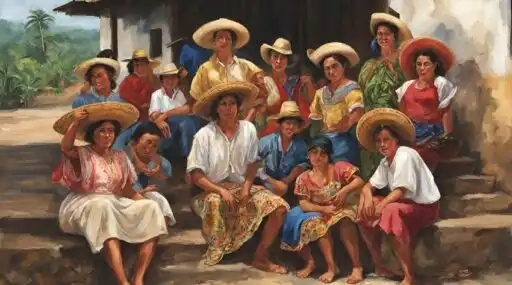
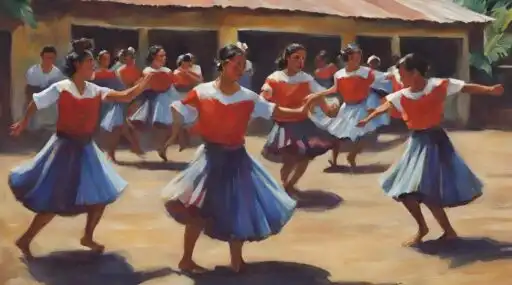
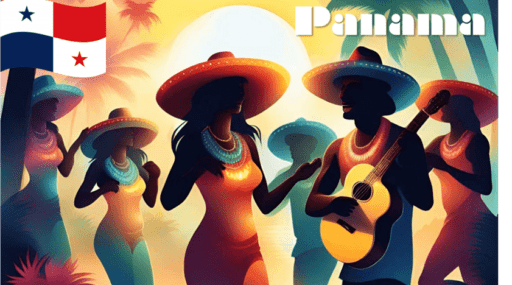



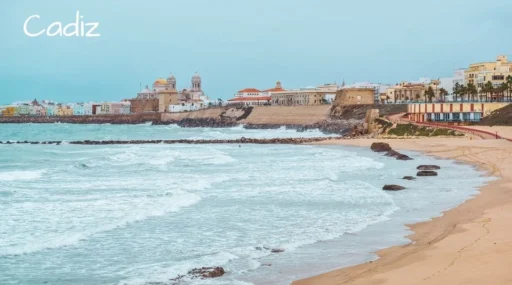

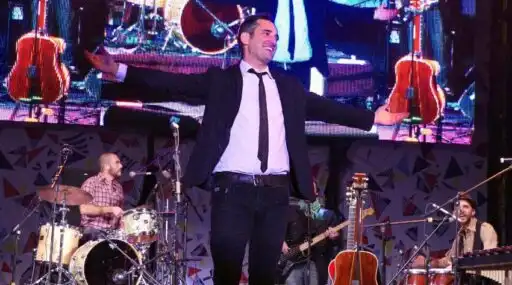
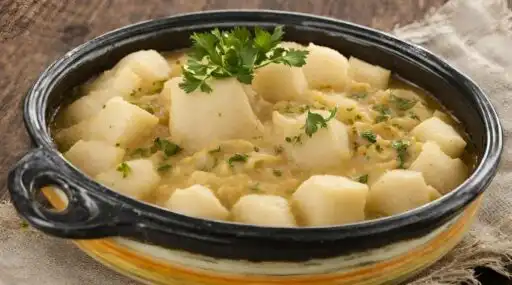





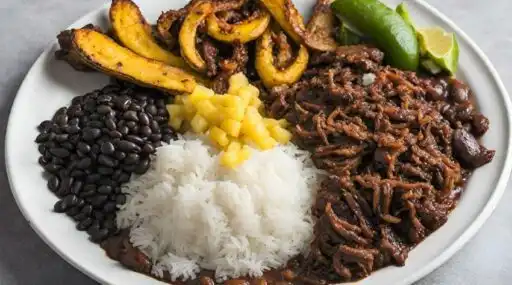
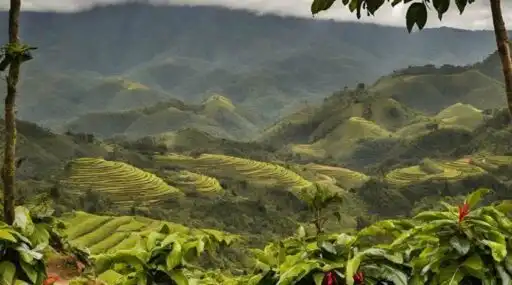
Leave a Reply